- Home >
- News >
- Local News
K-9 officers find drugs at the fairgrounds during training

Karen Peterson
Master trainer Kevin Klostermeier wears a padded suit while being attacked by a K-9 officer during a certification course
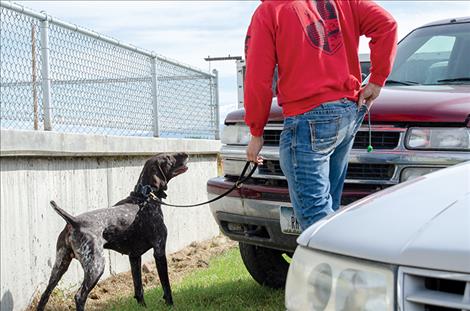
Karen Peterson
a dog finds the scent of cocaine and his handler takes out a toy as a reward.
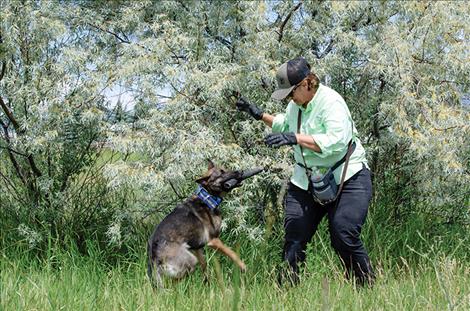
Karen Peterson
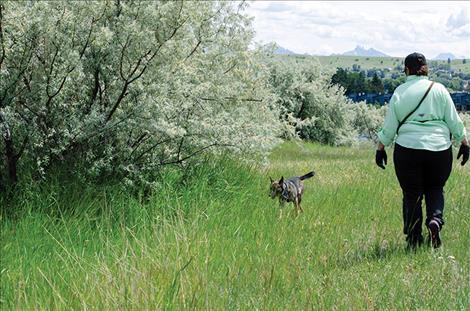
Karen Peterson
Julie Balch with the Flathead County Sheriff’s Office watches as her dog looks for human remains during training.
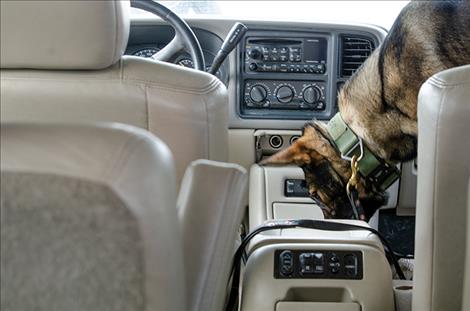
Karen Peterson
K-9 officers find drugs in vehicles.
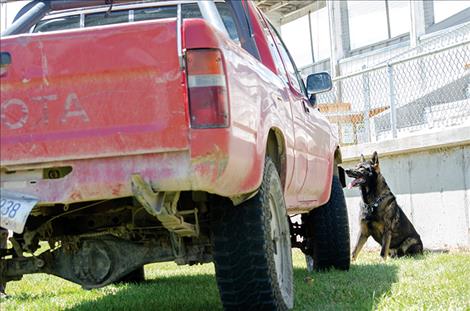
Karen Peterson
K-9 officers find drugs in vehicles.

Karen Peterson
K-9 officers find drugs in vehicles.
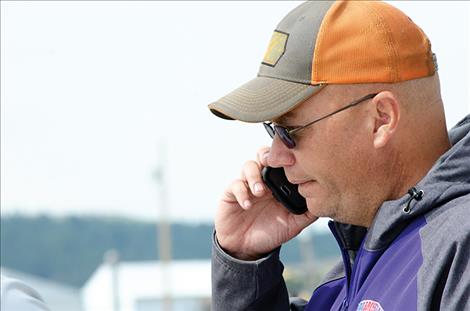
Karen Peterson
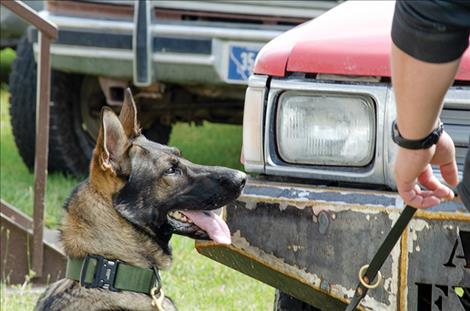
Karen Peterson
Issue Date: 7/3/2019
Last Updated: 7/2/2019 6:23:39 PM |
By
Karen Greene
Keep Reading!
You’ve reached the limit of 3 free articles - but don’t let that stop you.















